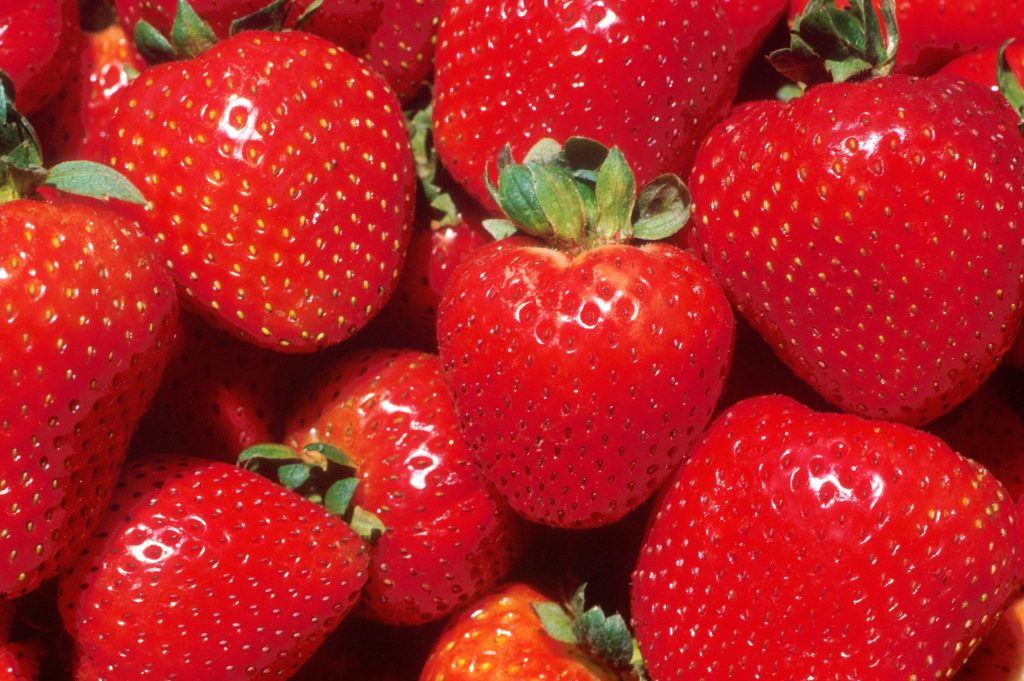As the UK finds itself amid a strawberry phenomenon, supermarkets like Tesco, Sainsbury’s, M&S, and Asda are facing a peculiar challenge. Experts have issued warnings about unusually large strawberries, attributing this anomaly to unusual weather patterns. This unexpected development is stirring conversations about the intersection of climate change and agriculture, highlighting how environmental shifts can unexpectedly impact our food systems.
This sets the stage for what’s next in the realm of agriculture and consumer behavior. While these supersized strawberries may appear enticing, their presence raises questions about consistency in flavor and texture, prompting consumers to reassess their expectations of quality according to Google Trends. Retailers might need to adapt their sourcing strategies and communicate more transparently with customers about these changes, potentially paving the way for more informed and engaged consumers.
The situation invites a broader discussion on the implications of climate change on food production and how it might alter what we see on supermarket shelves. As we grapple with these changes, are we prepared to embrace the possibility of more such anomalies in our food supply? How will this shape consumer preferences and agricultural practices in the future? This strawberry saga could be just the beginning of a new era in our relationship with food.


